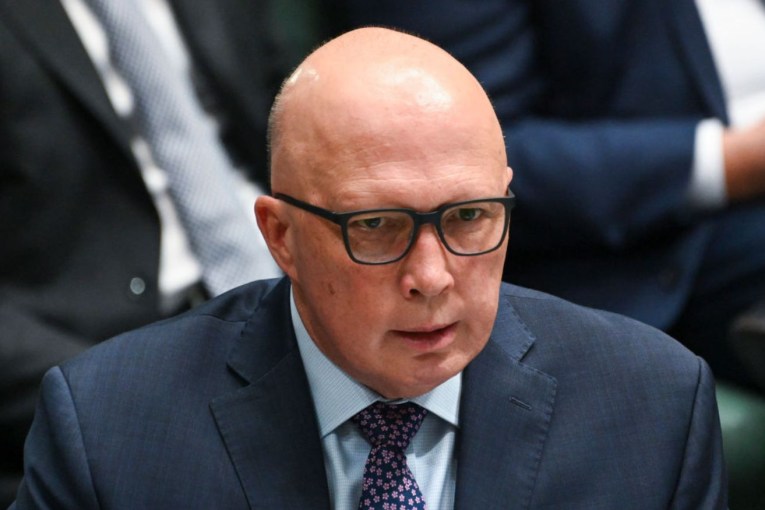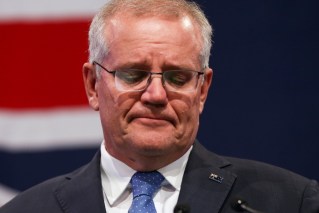Bad policy and bad politics: Why stage-three tax cuts make even less sense in 2024

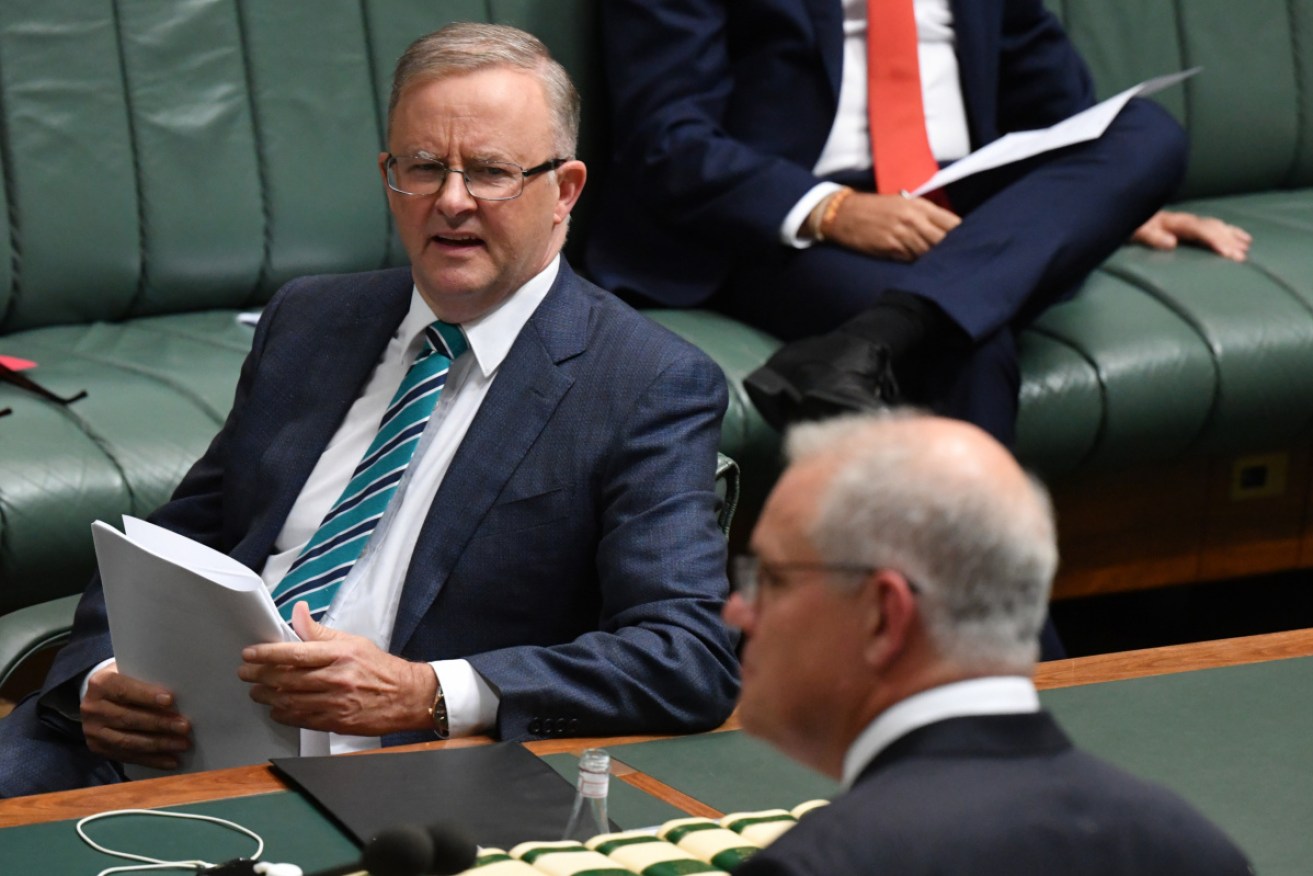
Labor has resisted scrapping the stage-three tax cuts. introduced by the Liberal Party. Photo: AAP
As Prime Minister Anthony Albanese refuses to rule out changes to the stage-three tax cuts, economists believe the Scott Morrison-era policy currently makes even less sense than when it was introduced by the Liberal Party.
Albanese, in an interview with the ABC on Wednesday, refused to conclusively guarantee that the tax cuts would come into effect in July.
“I know there’s an ongoing debate about the impact of those tax cuts,” he said.
“We support reducing tax.”
When questioned on a firm commitment to the cuts being introduced in July, Albanese said “we haven’t changed our position” and accused the interviewer of playing “word games”.
The controversial policy – first envisaged by then-treasurer Scott Morrison in 2018 – will abolish the 37 per cent marginal tax bracket and lower the 32.5 per cent tax rate to 30 per cent.
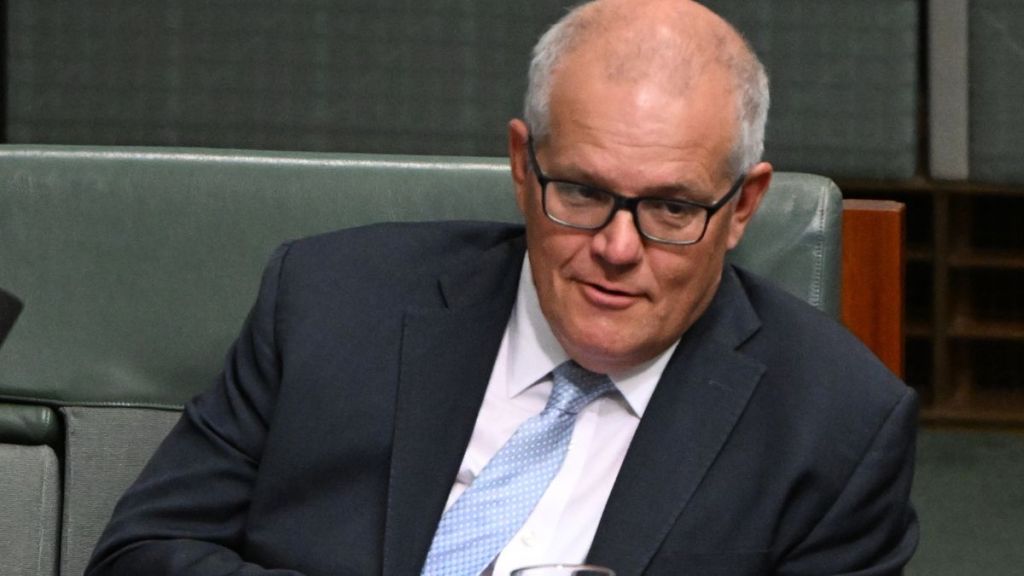
The stage-three tax cuts are a Morrison-era policy. Photo: AAP
Associate Professor Ben Phillips, a principal research fellow at Australian National University, said he doesn’t believe the government would pursue a tax cut in the middle of the year if it “was starting fresh and ignoring politics”.
“They’re trying to convince people that they’re providing cost-of-living relief to those who need it the most, but really it’s just tax relief for high-income earners,” he told The New Daily.
“One of the great strengths of the Australian tax and welfare system is the progressive tax system and I think ideally, people who are earning much higher incomes are paying a higher marginal rate of tax.”
It will also raise the 45 per cent marginal tax rate, ultimately resulting in everyone earning between $45,000 and $200,000 paying tax at the same rate.
Politics before policy
John Quiggin, senior fellow in economics at the University of Queensland, said the policy is far worse now than it was when introduced by the Morrison government in 2019 because of the current economic situation in Australia.
“It was a bad policy then. It’s a worse policy now,” he told The New Daily.
“The government’s position has been driven by politics all along.”
Labor didn’t challenge the policy when it was introduced and committed to adopting the tax cuts during the 2022 election, but Quiggin believes the Albanese government’s fear of breaking promises is leading it towards poor economic management.
“Promises are important, but equally important for Labor governments is not making working people worse off,” he said.
“The tax cuts have come at the expense of a bunch of other commitments that Labor took to the 2019 election.”
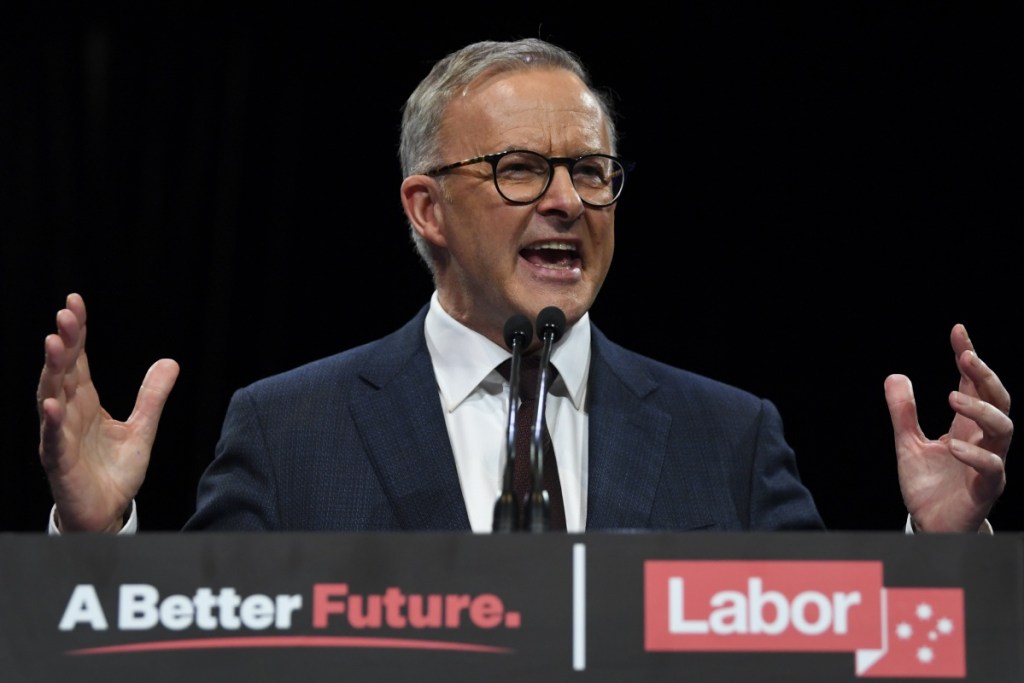
The Albanese government promised to leave the stage-three tax cuts untouched during the 2022 federal election. Photo: AAP
Australia’s economic outlook is vastly different now than it was in 2019 and 2022, with the COVID-19 pandemic, rising interest rates and cost-of-living pressures now affecting those who are set to gain the least from the tax cuts.
Matt Grudnoff, senior economist at The Australia Institute, said reforming the policy could be beneficial to Australians and the government.
“The majority of people say yes, if the economic situation changes, then of course the government shouldn’t just blindly follow bad policy because they promised it before the election,” he said.
“It’s just bad economic policy to introduce this tax cut now.”
He said several alternative tax cut models would not only reduce the amount of money being gifted to Australia’s highest earners, but also benefit those earning less.
The full cost
Parliamentary costings, requested by the Greens and delivered in May 2023, forecast the cost of the stage-three tax cuts at $313 billion over a decade, of which $157.5 billion in savings will go to people earning more than $180,000 a year.
Phillips said the tax cuts will result in a diminished progressive tax system and increase income inequality in Australia.
“The idea of it, of course, is to overcome bracket creep and it does that, but only for the top 20 per cent or so of income earners,” he said.
“It’s tax relief for the top end of income earners and does very little for middle- and low-income earners.”
